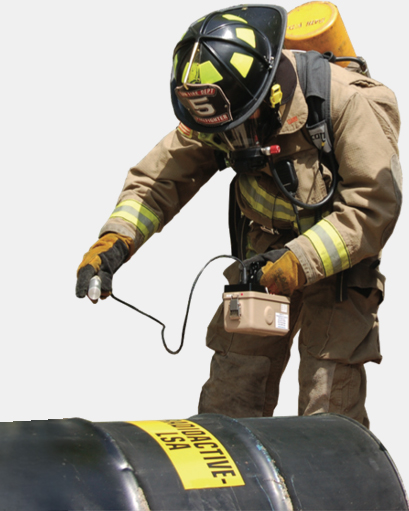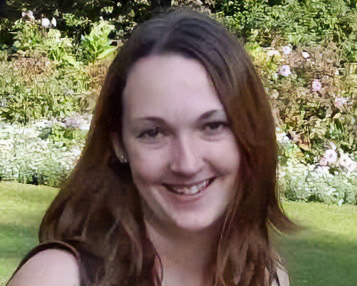WHO WE ARE
About Us
At the University of Bristol, our advanced camera technology can precisely image the distribution of alpha emitters from 30 meters away, far beyond the capabilities of traditional detectors that are limited to mere millimetres.

The Problem
In nuclear industry, alpha particle emitters such as plutonium are commonly presented and dangerous. The detection of alpha emitters is vital for managing nuclear waste and nuclear forensics.
However, alpha particles can only travel a short distance in the air. Commercial alpha detectors, such as GM counters, require close proximity to the radioactive source. The detection process requires meticulous and repeated scanning of an area to ensure no contamination is missed, which is labour-intensive and unsafe.
WHY VISIONALPHA?
Our Solution
When alpha particles travel through air, nitrogen molecules are excited and generate UV photons, knows as radio-luminescence (RL). We use ultra-sensitive CCD and patent protected ambient light filtering system, to detect RL from long distance and accurately locate alpha emitters.




